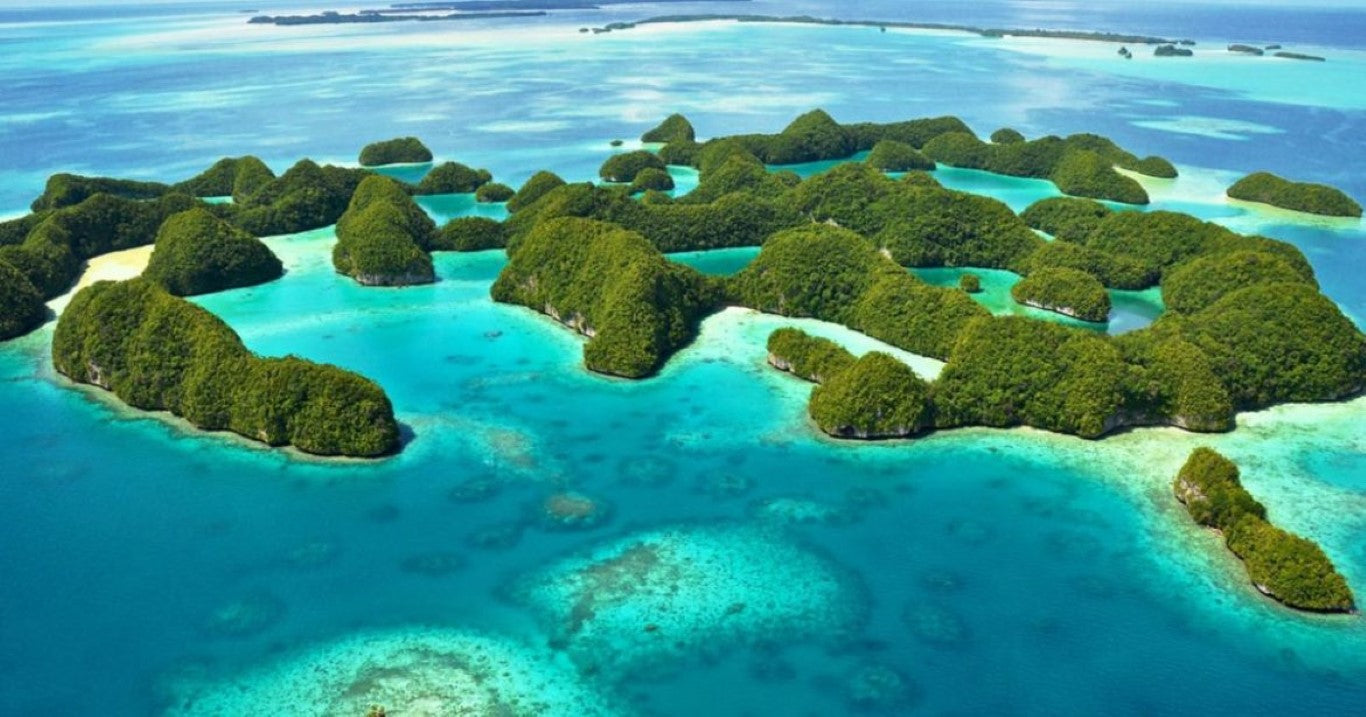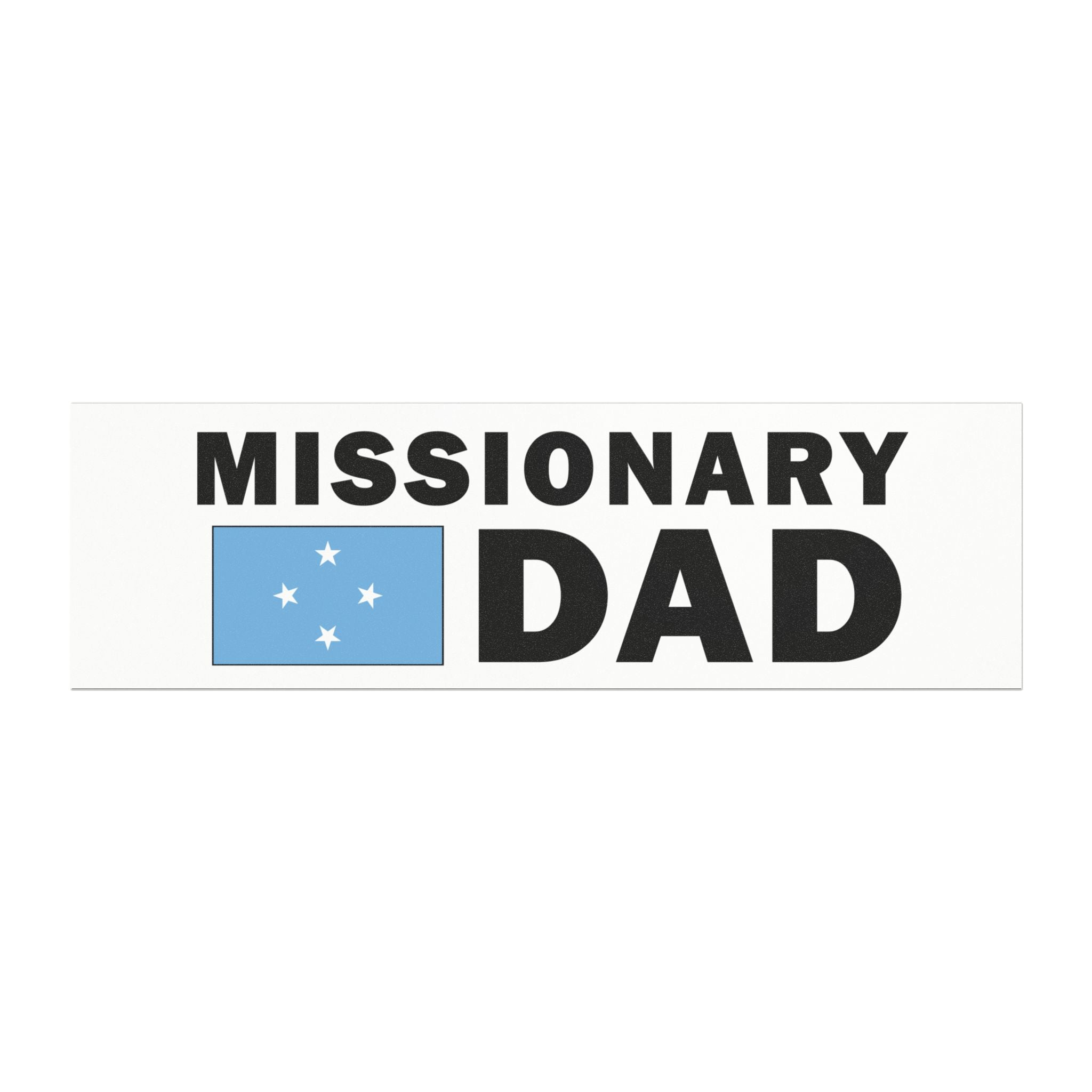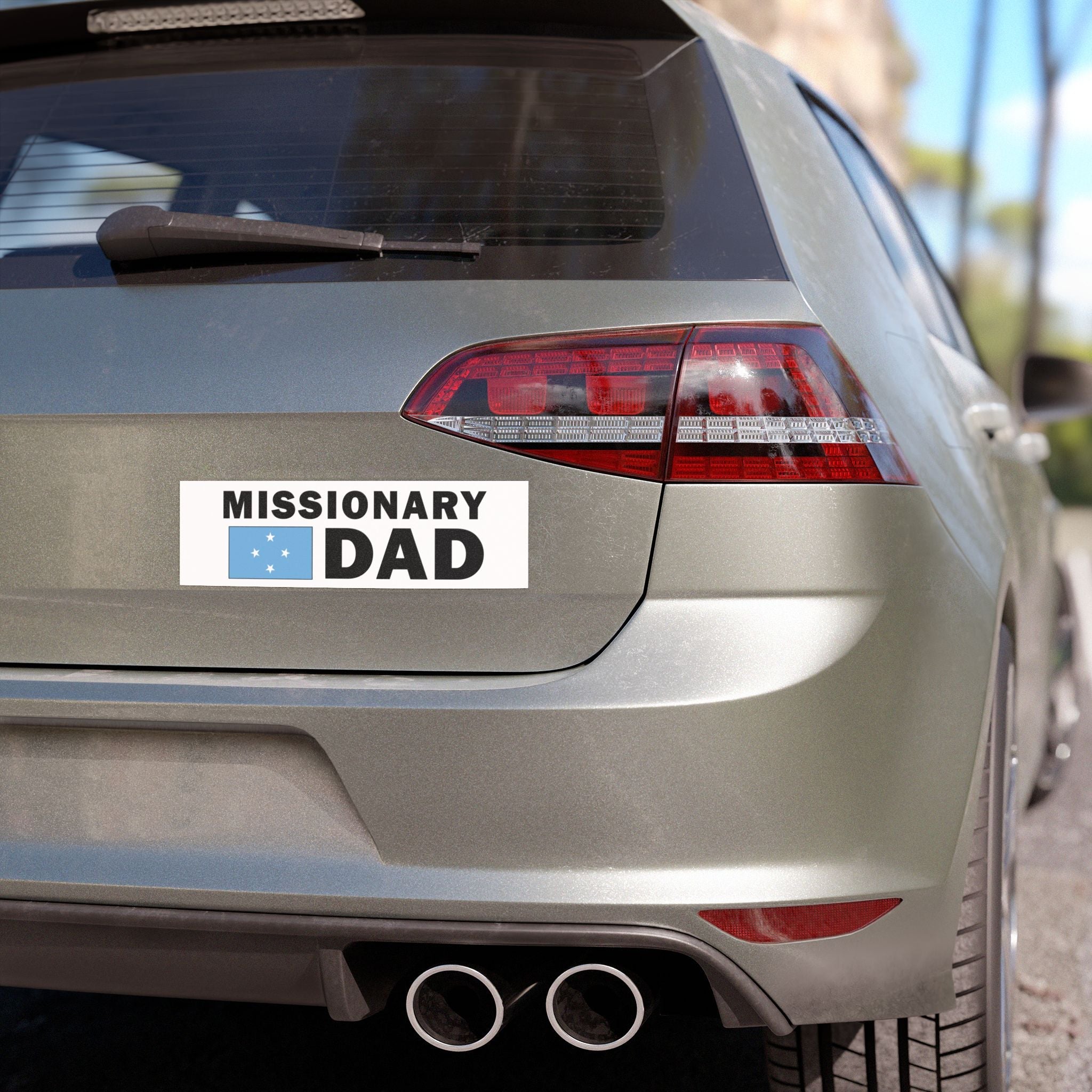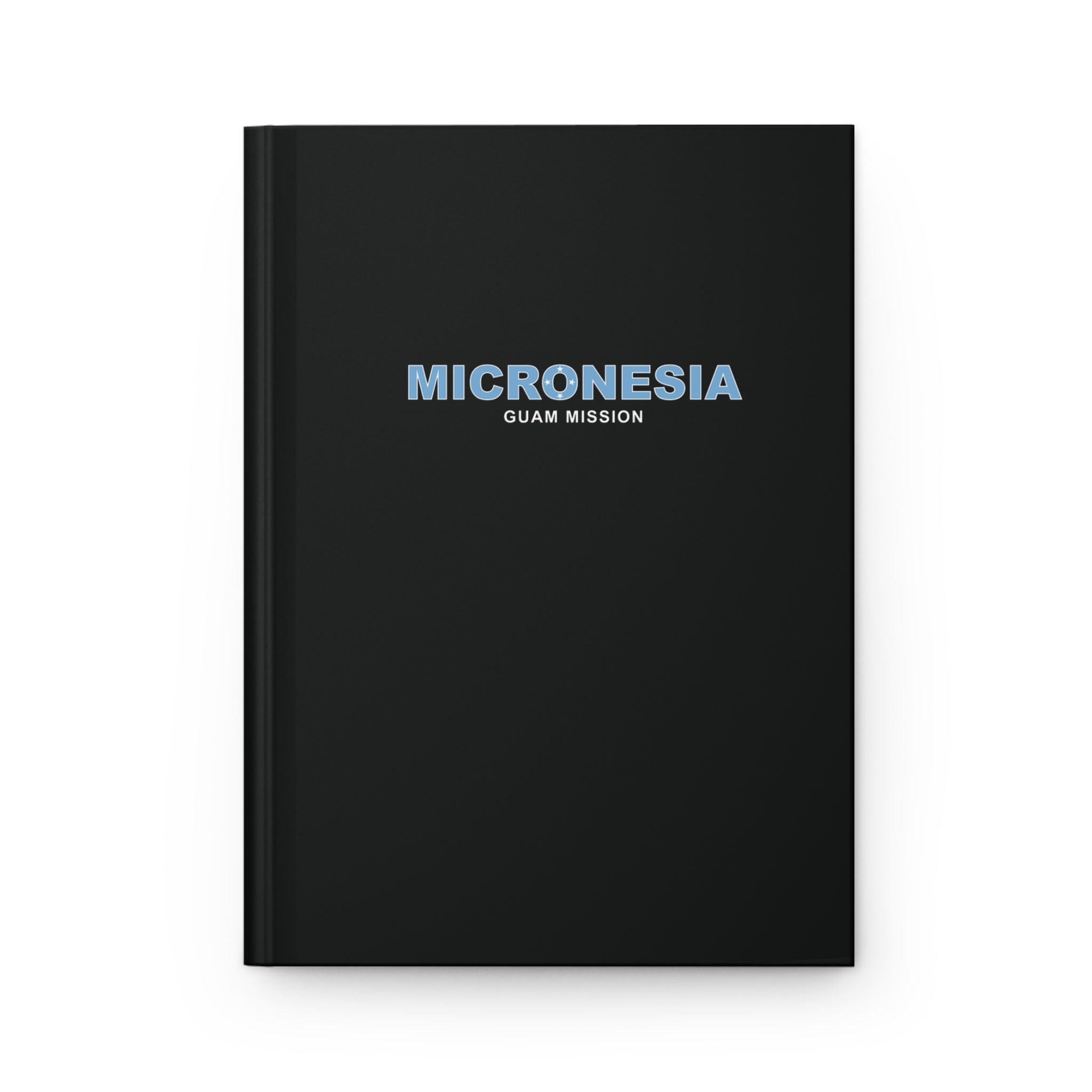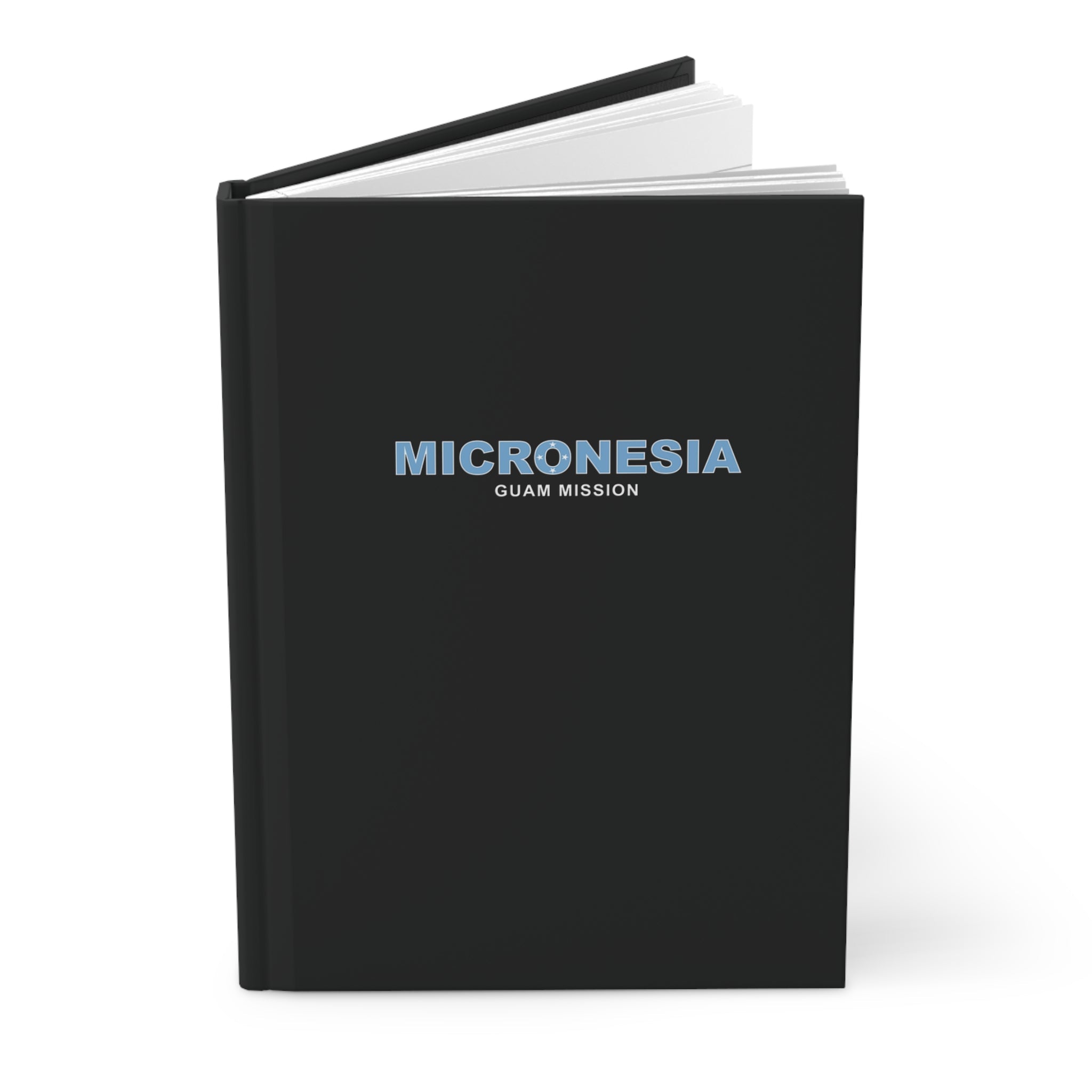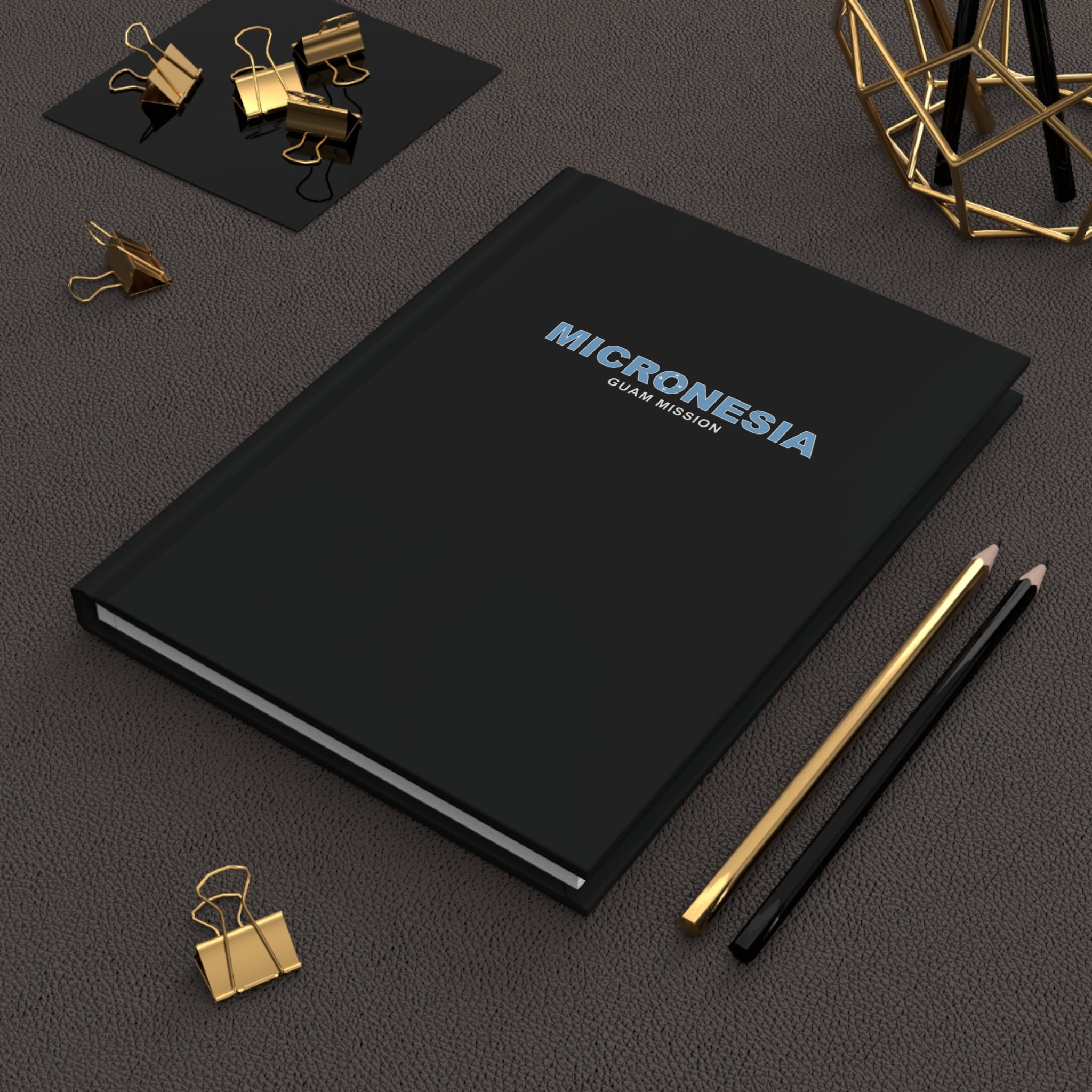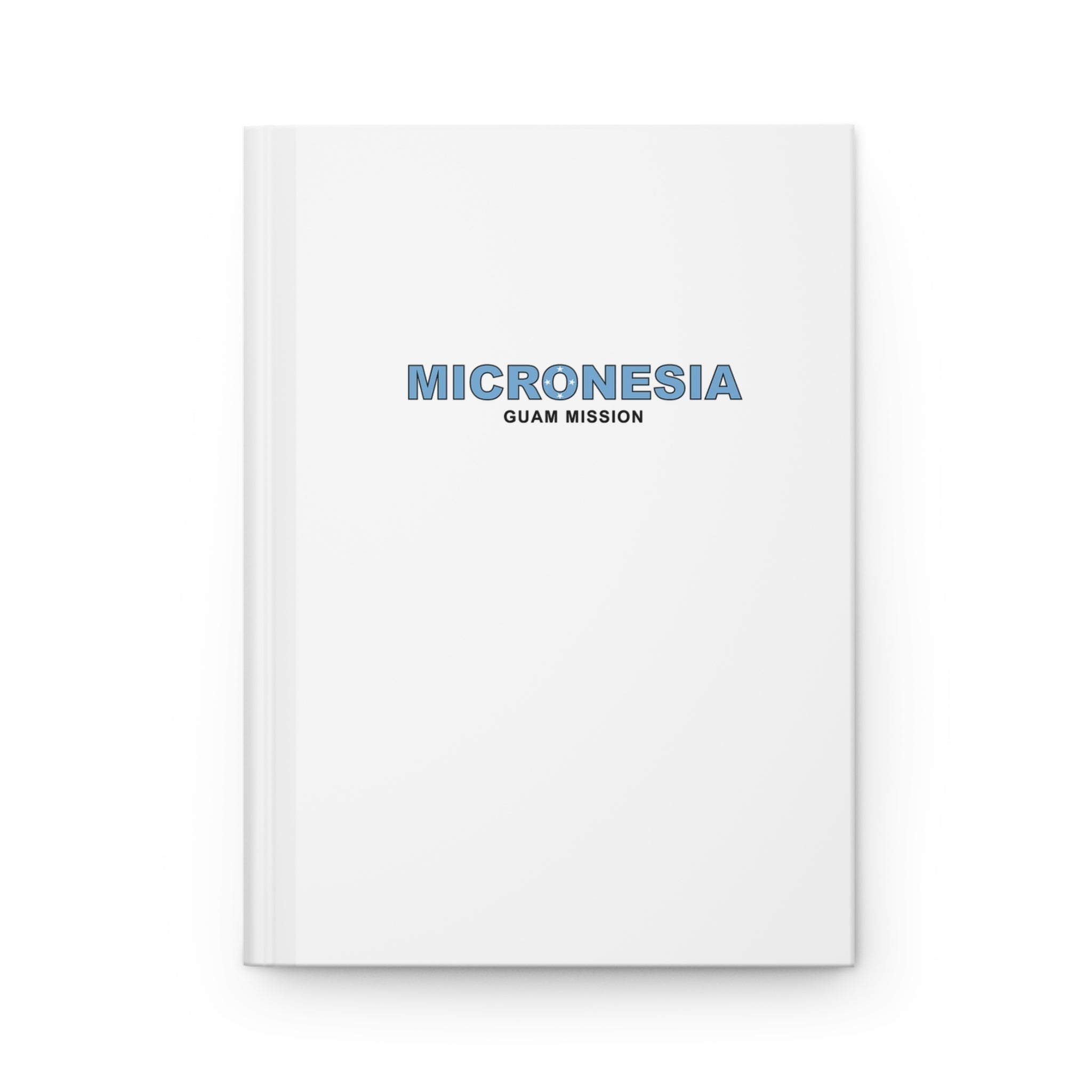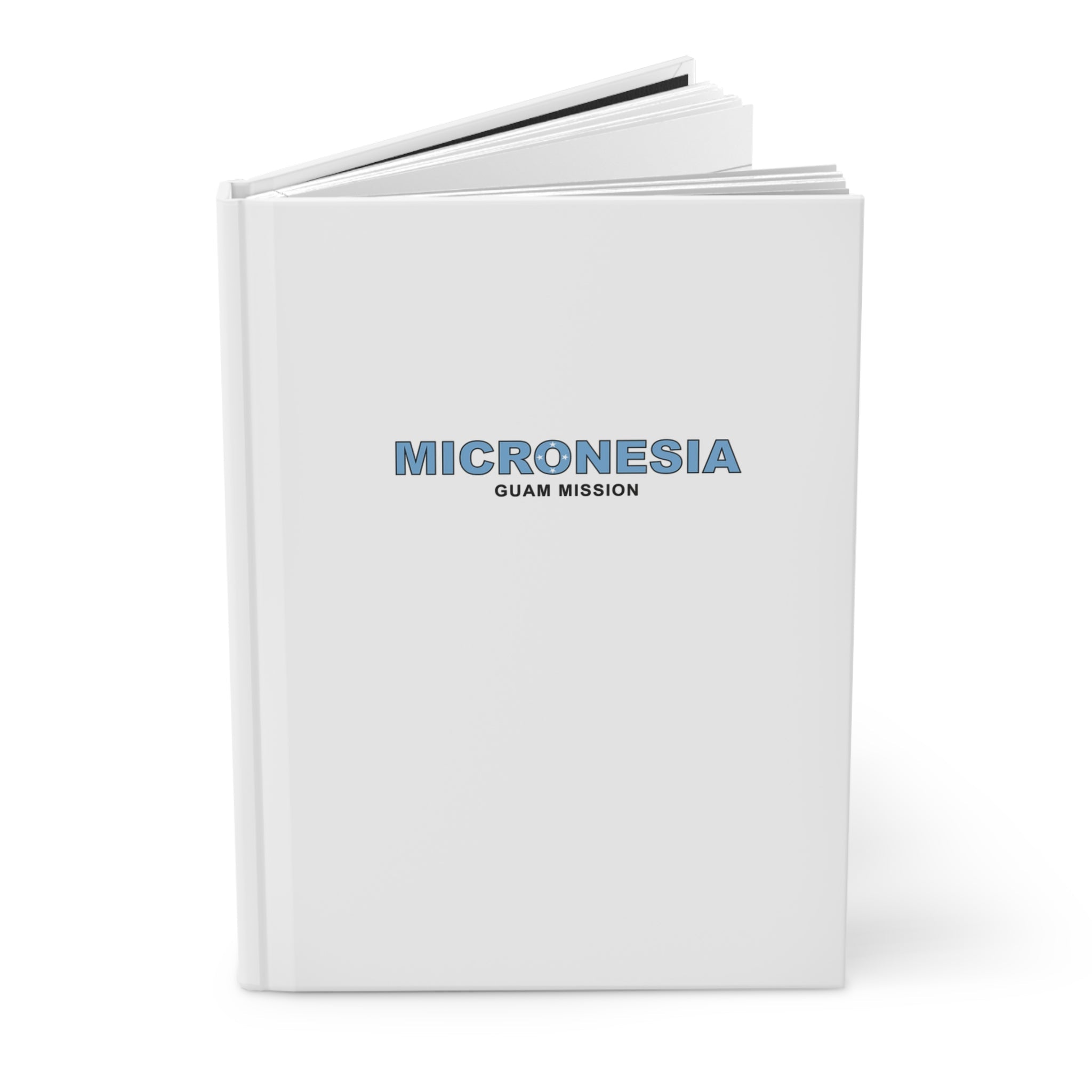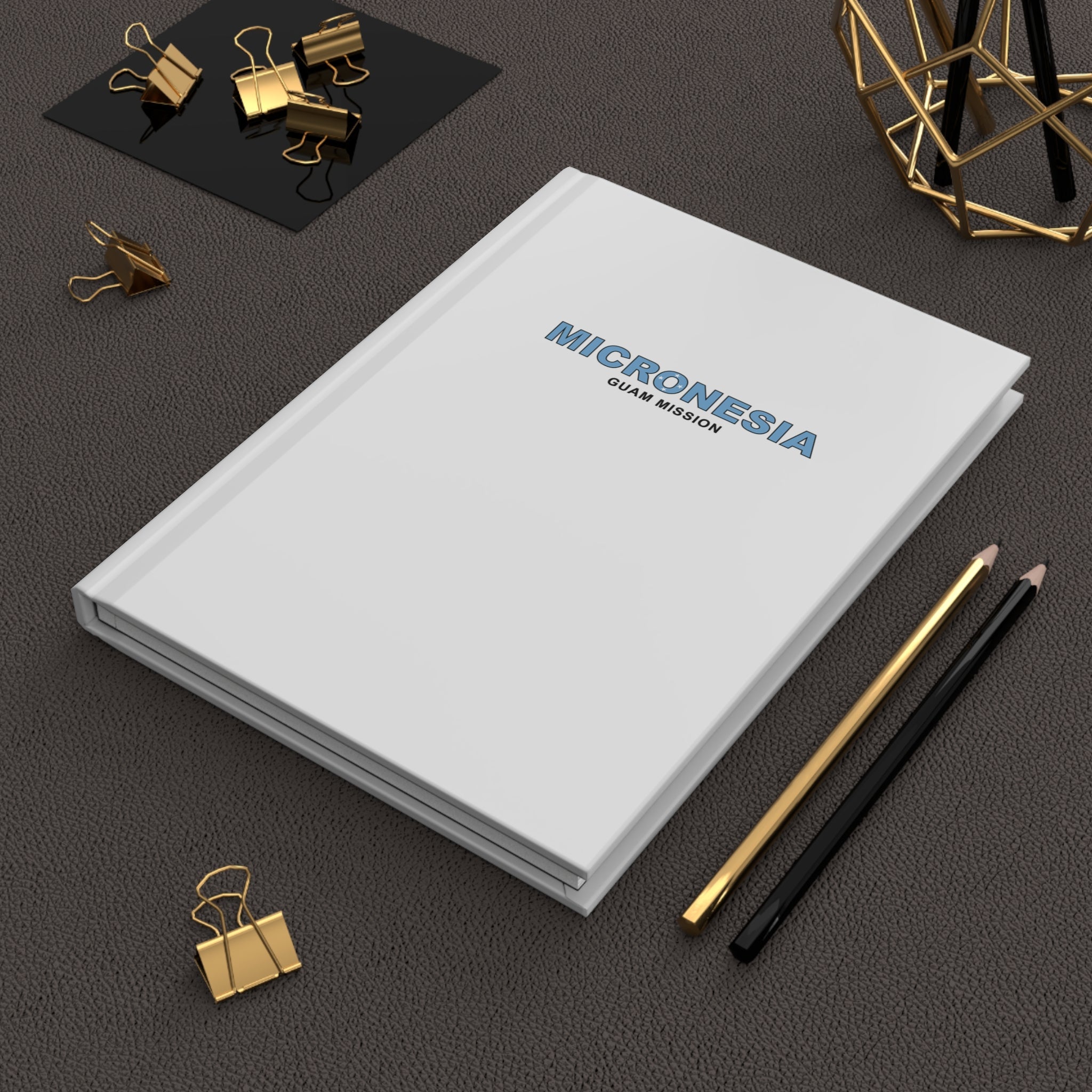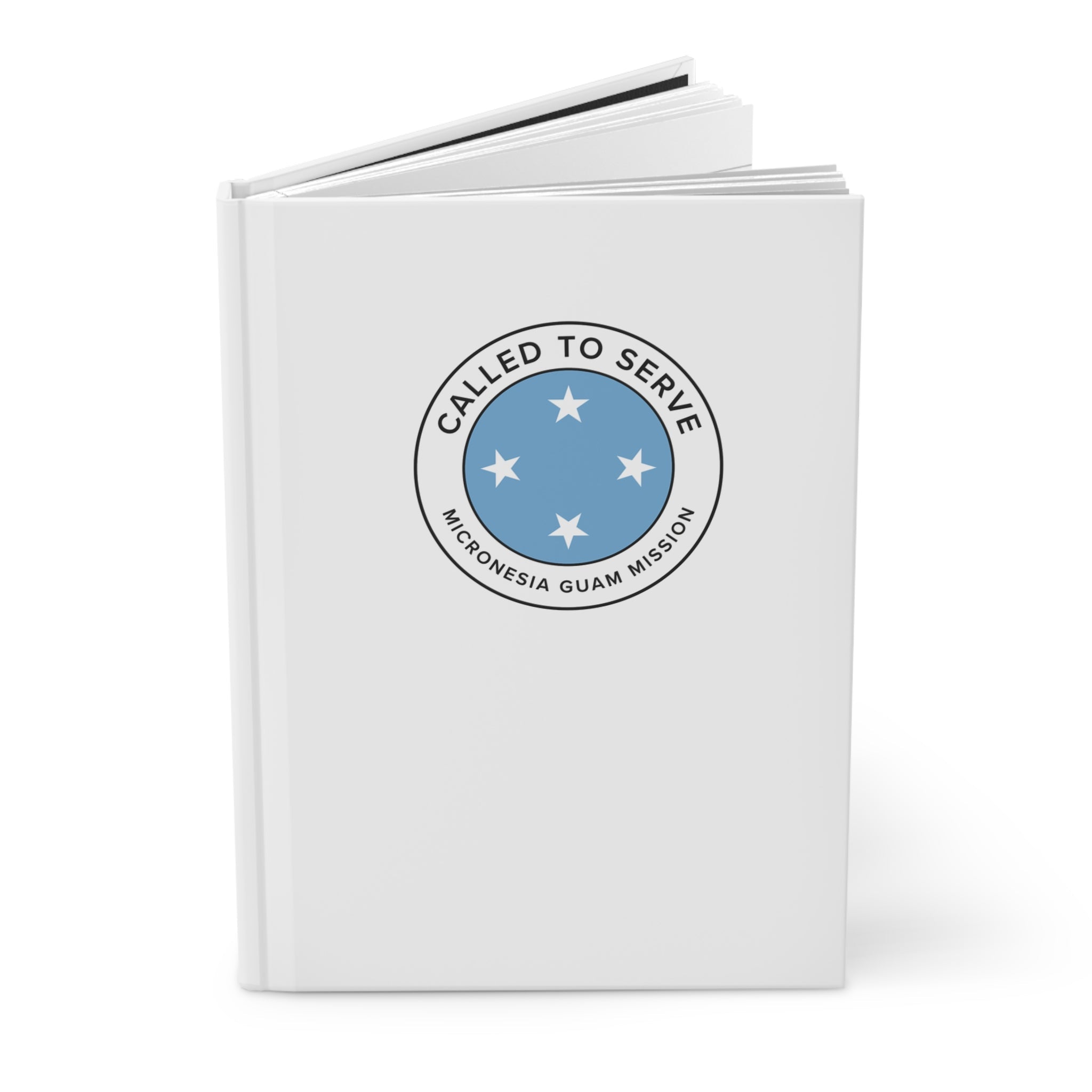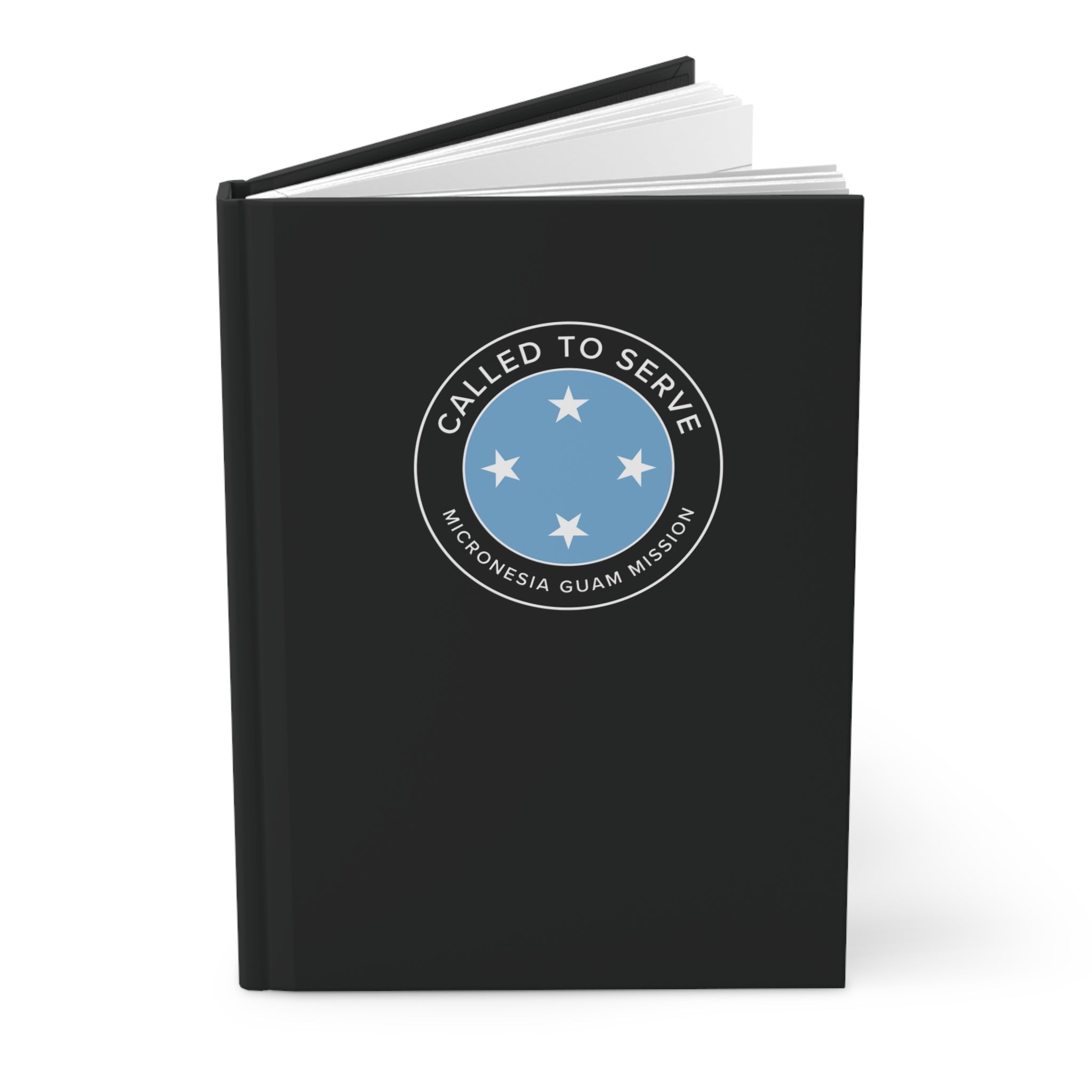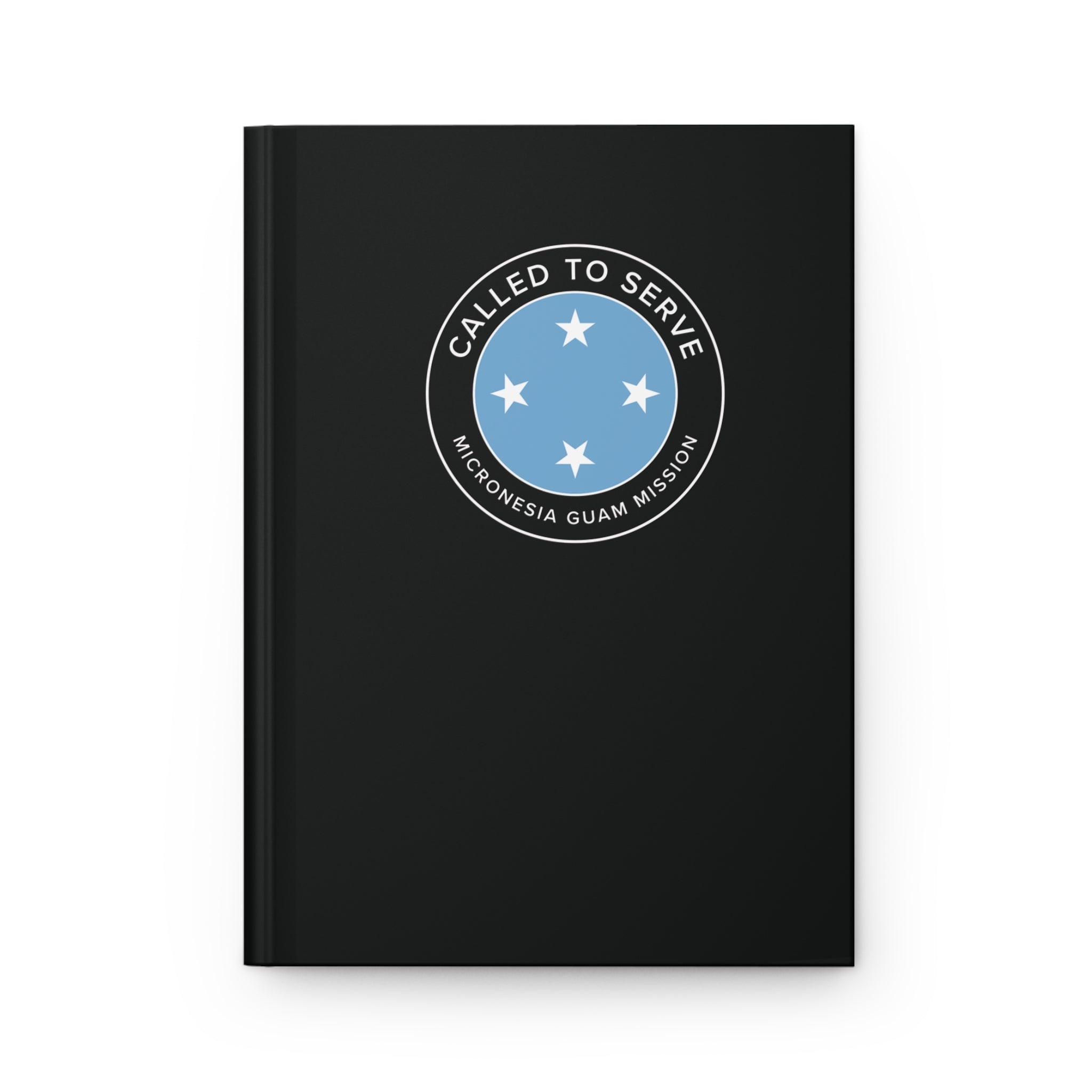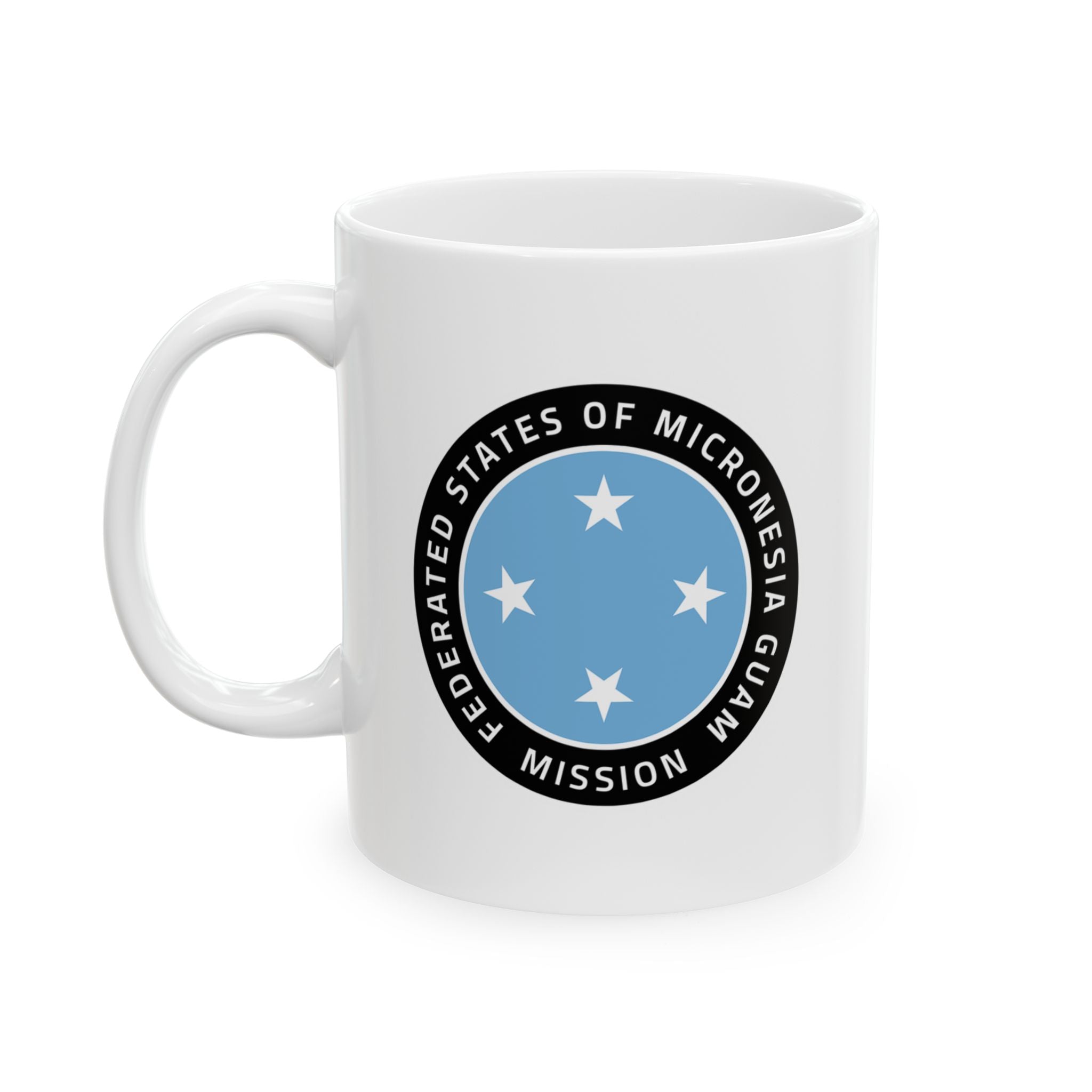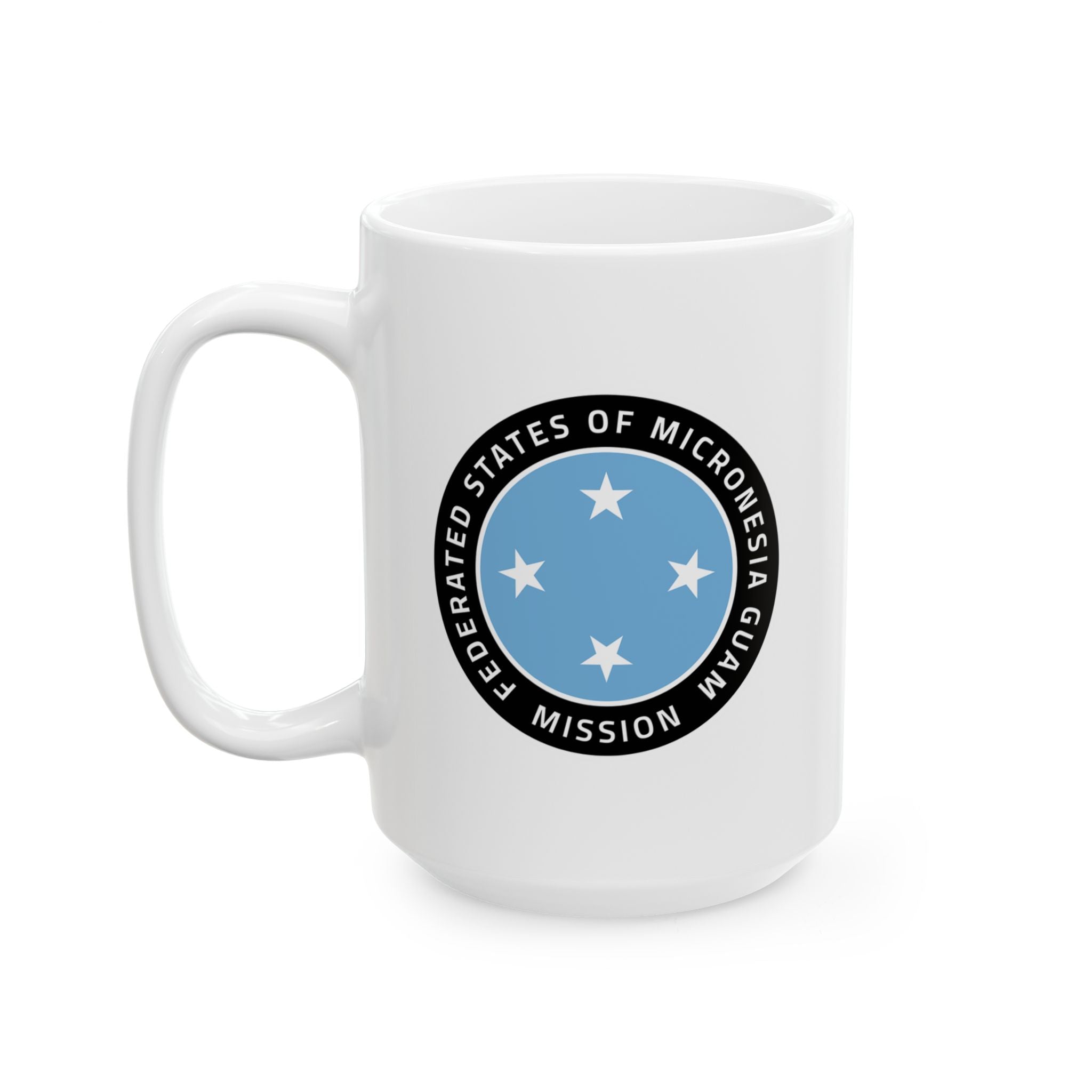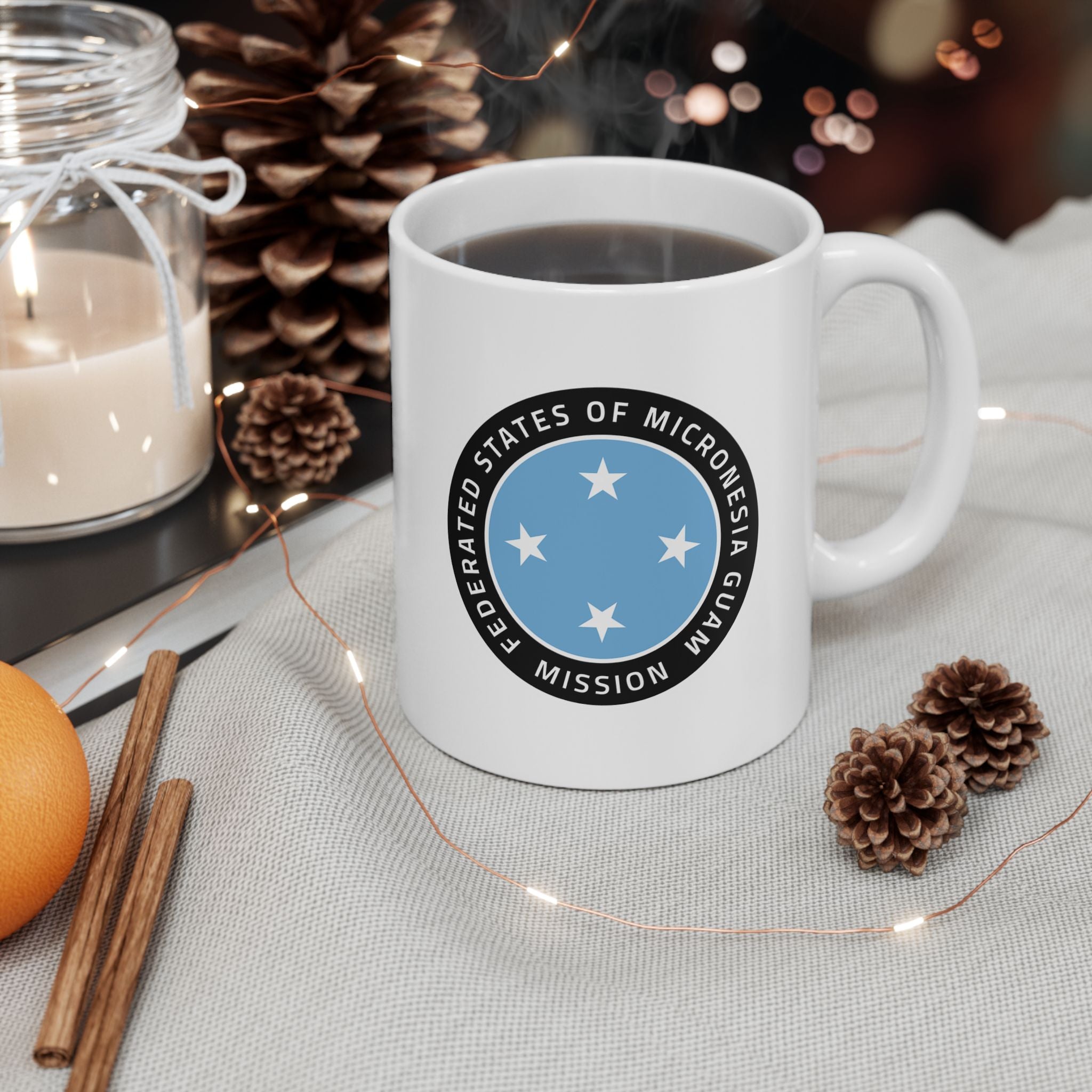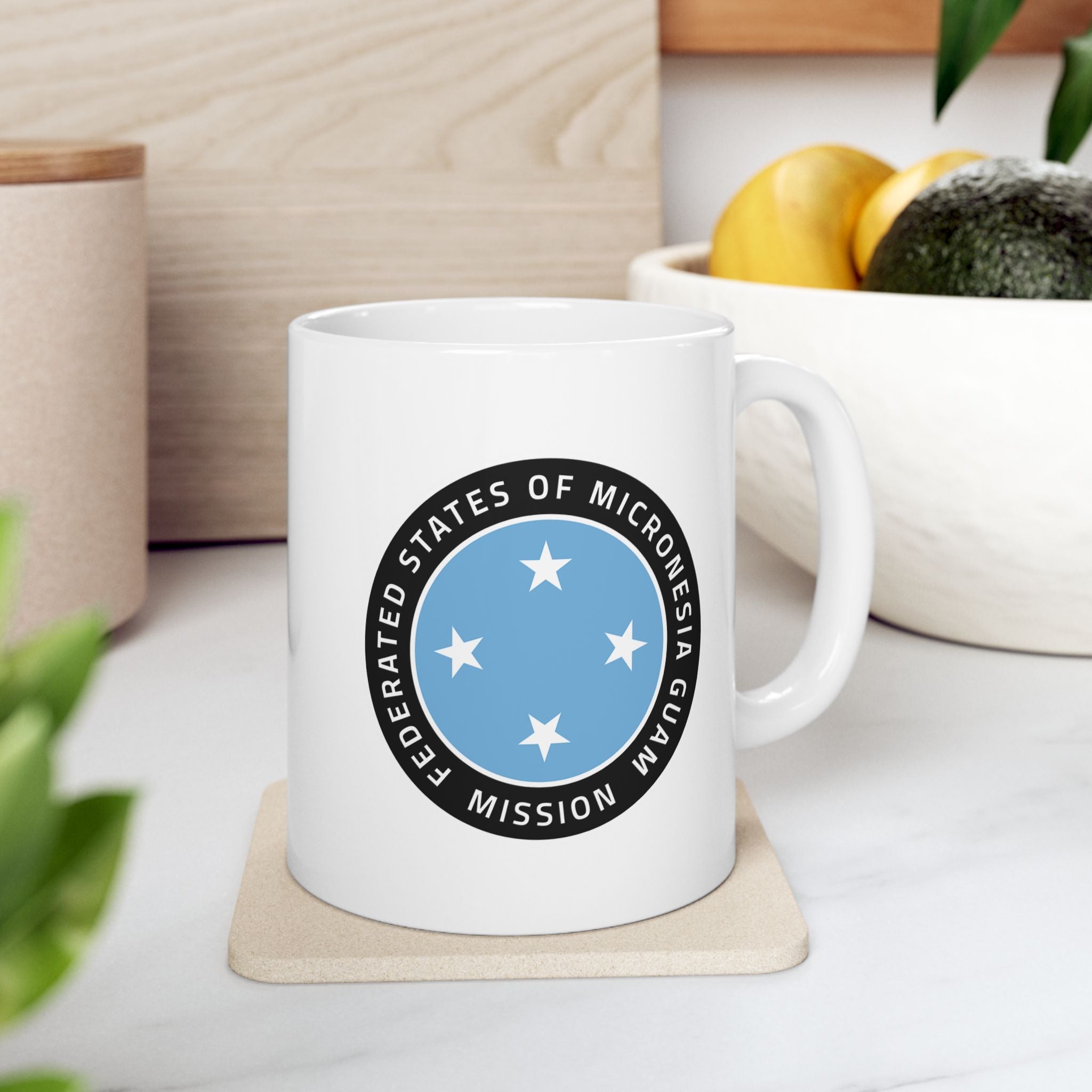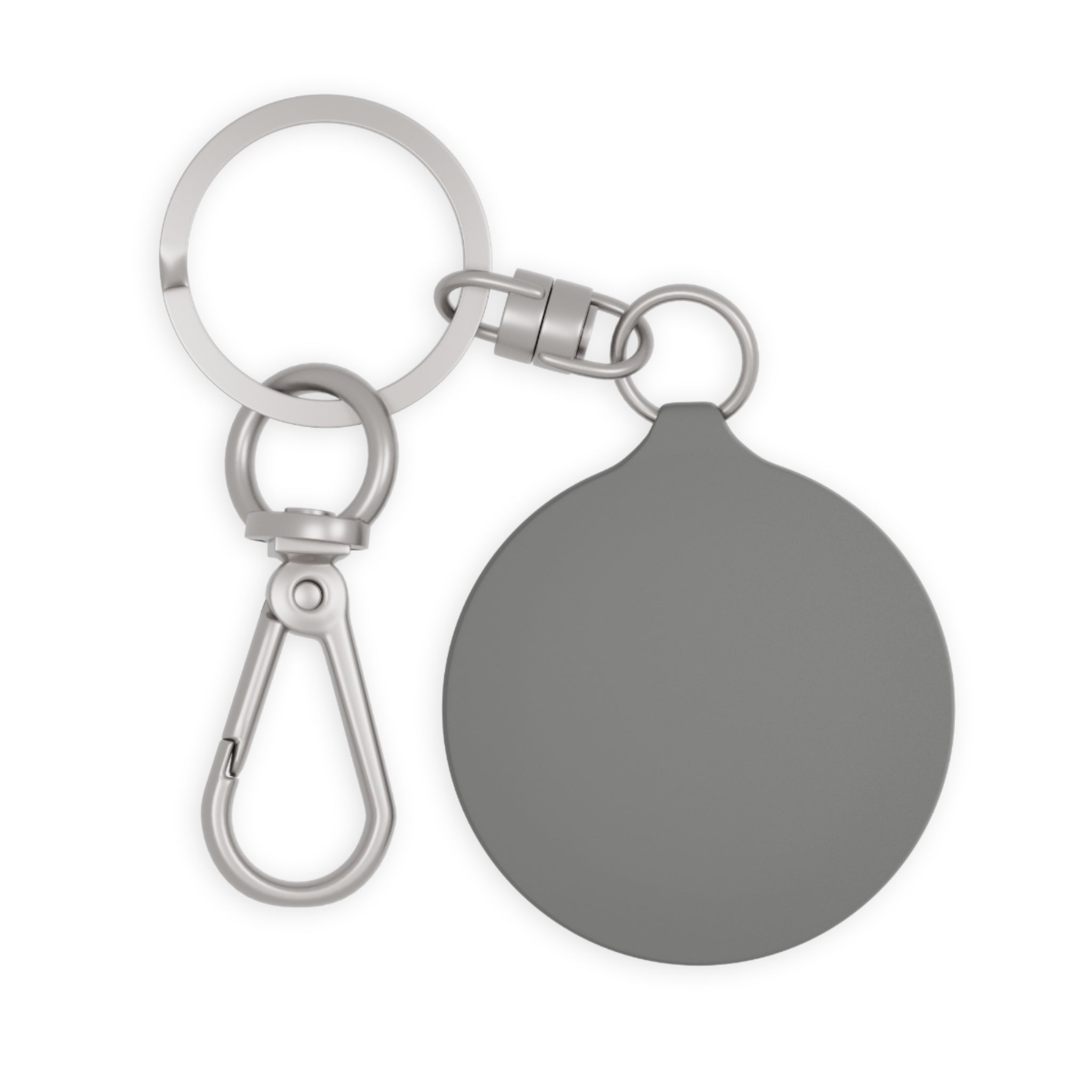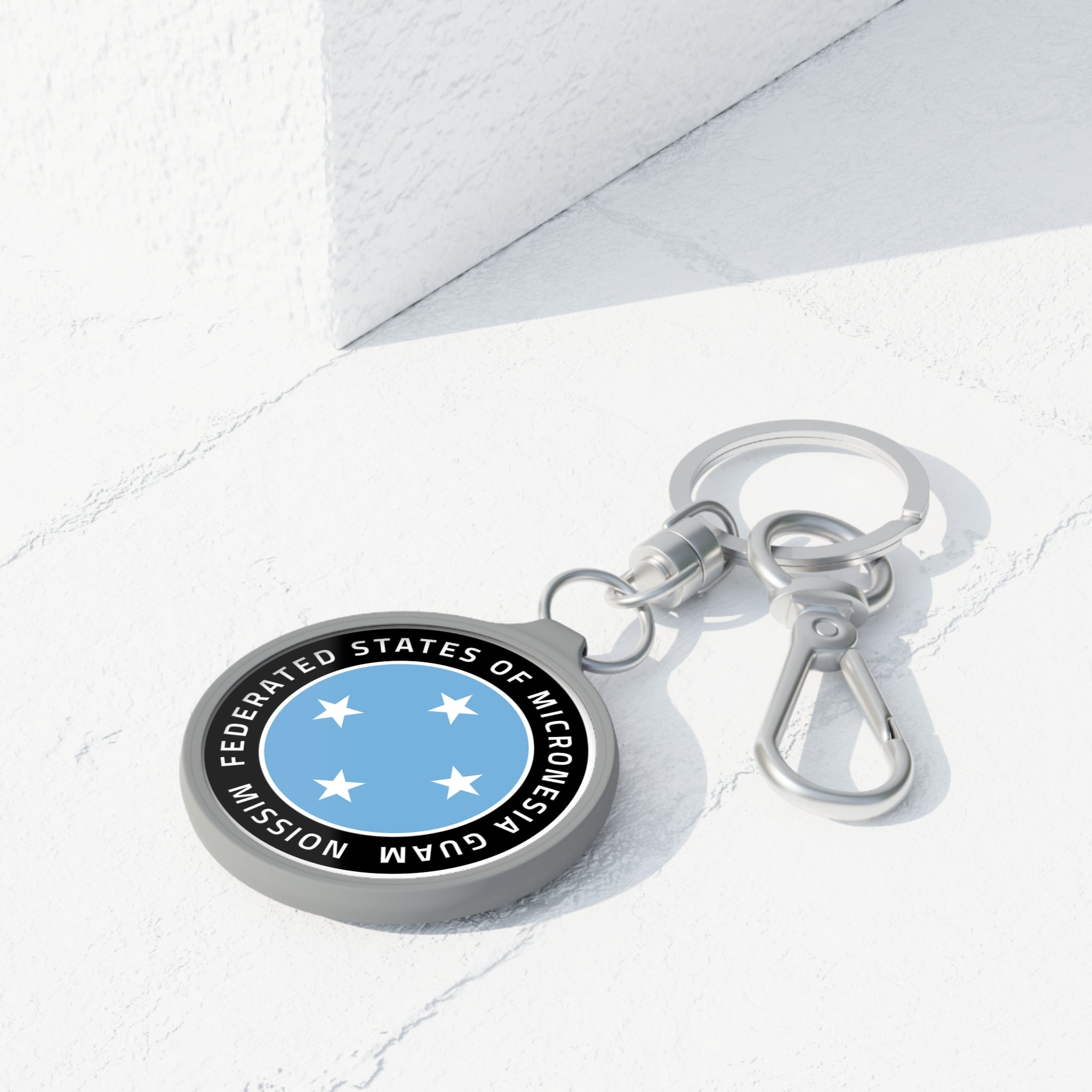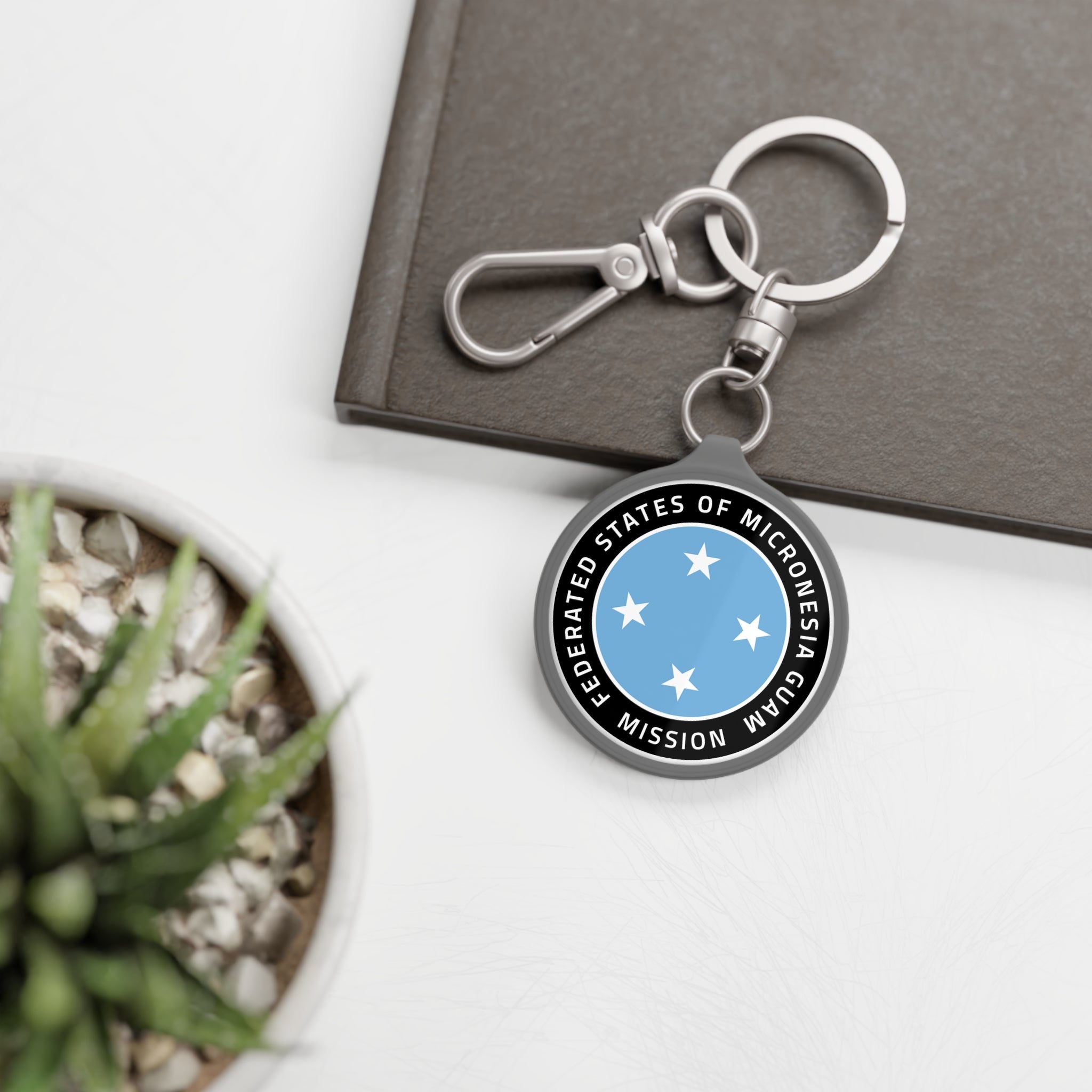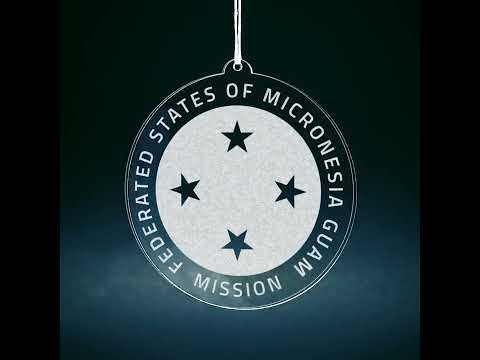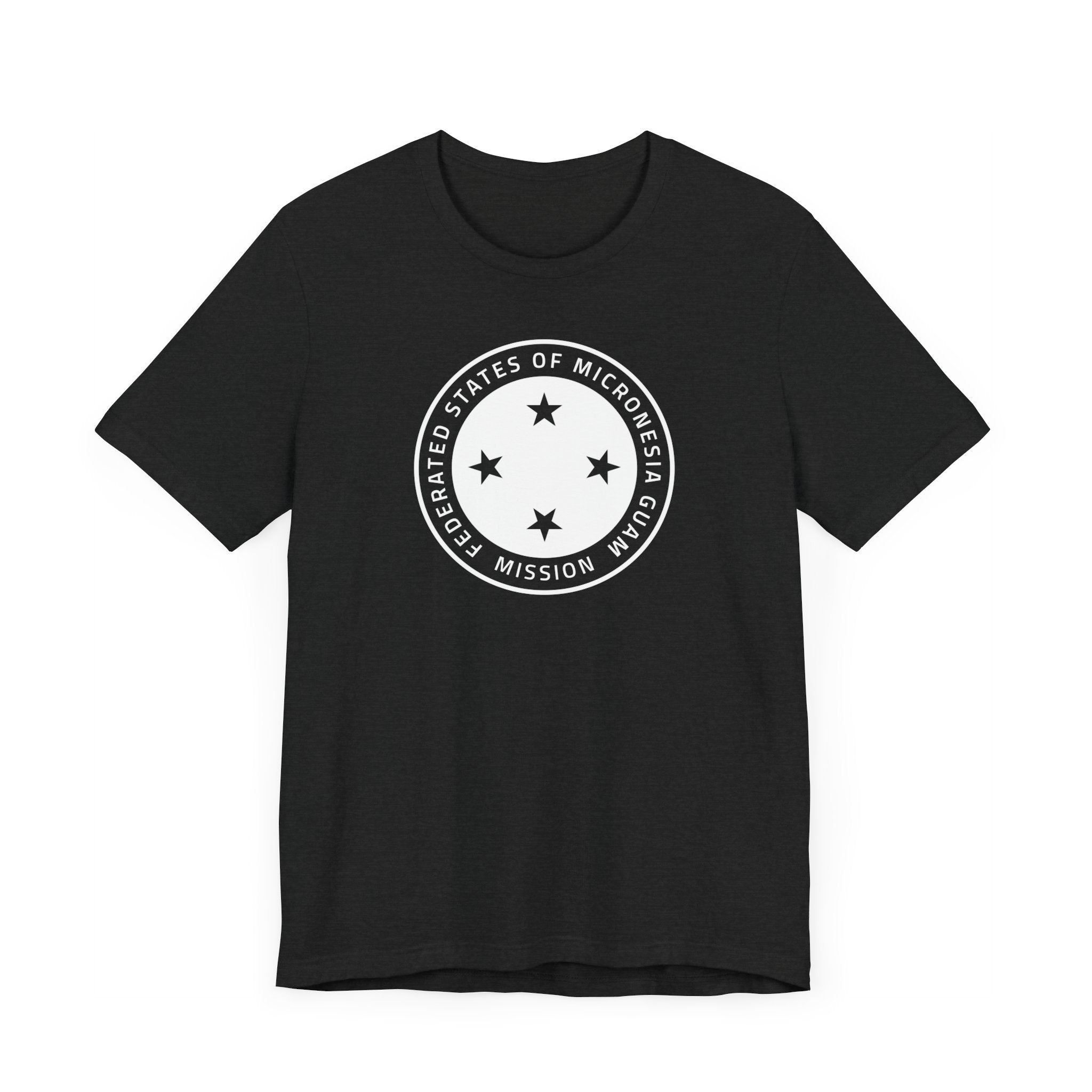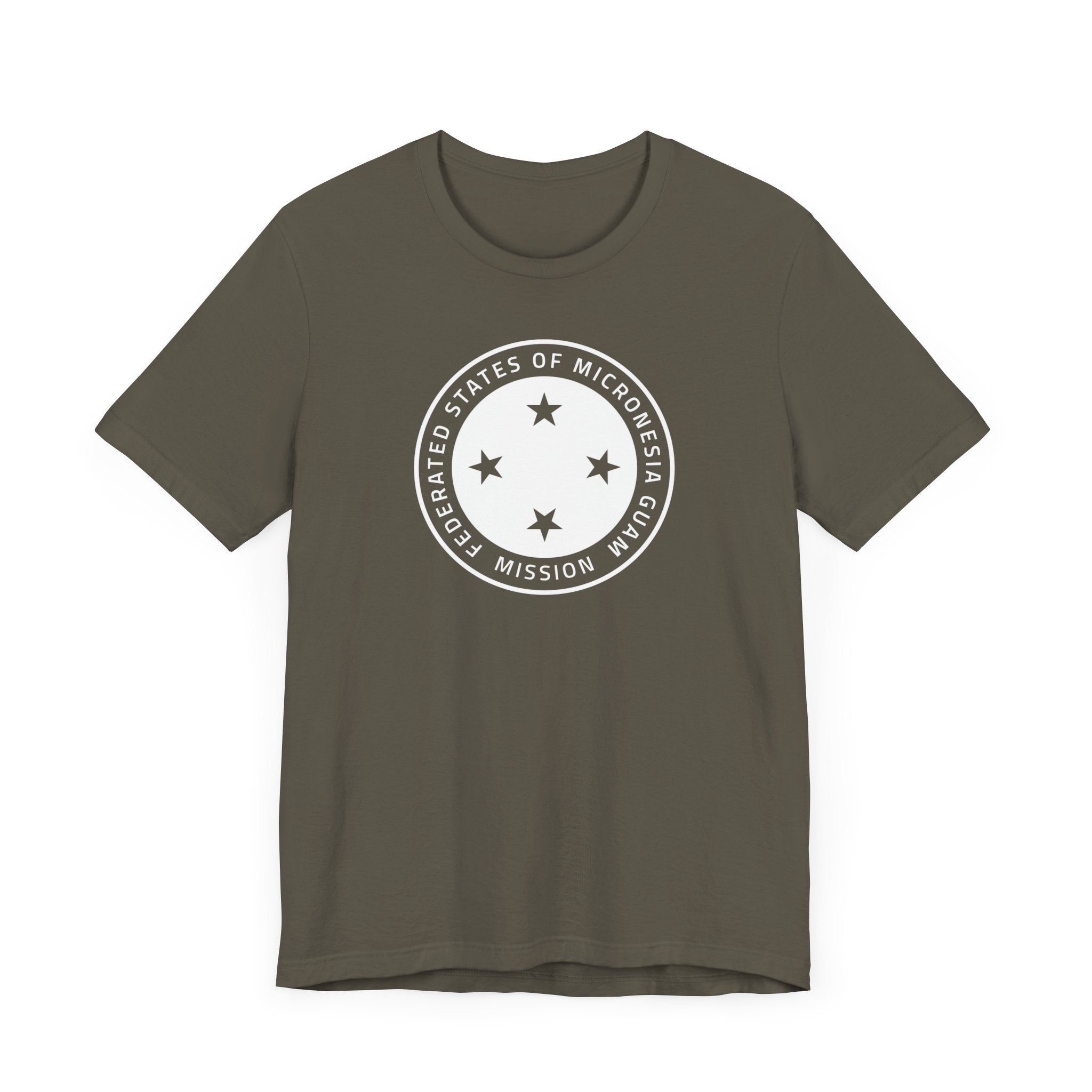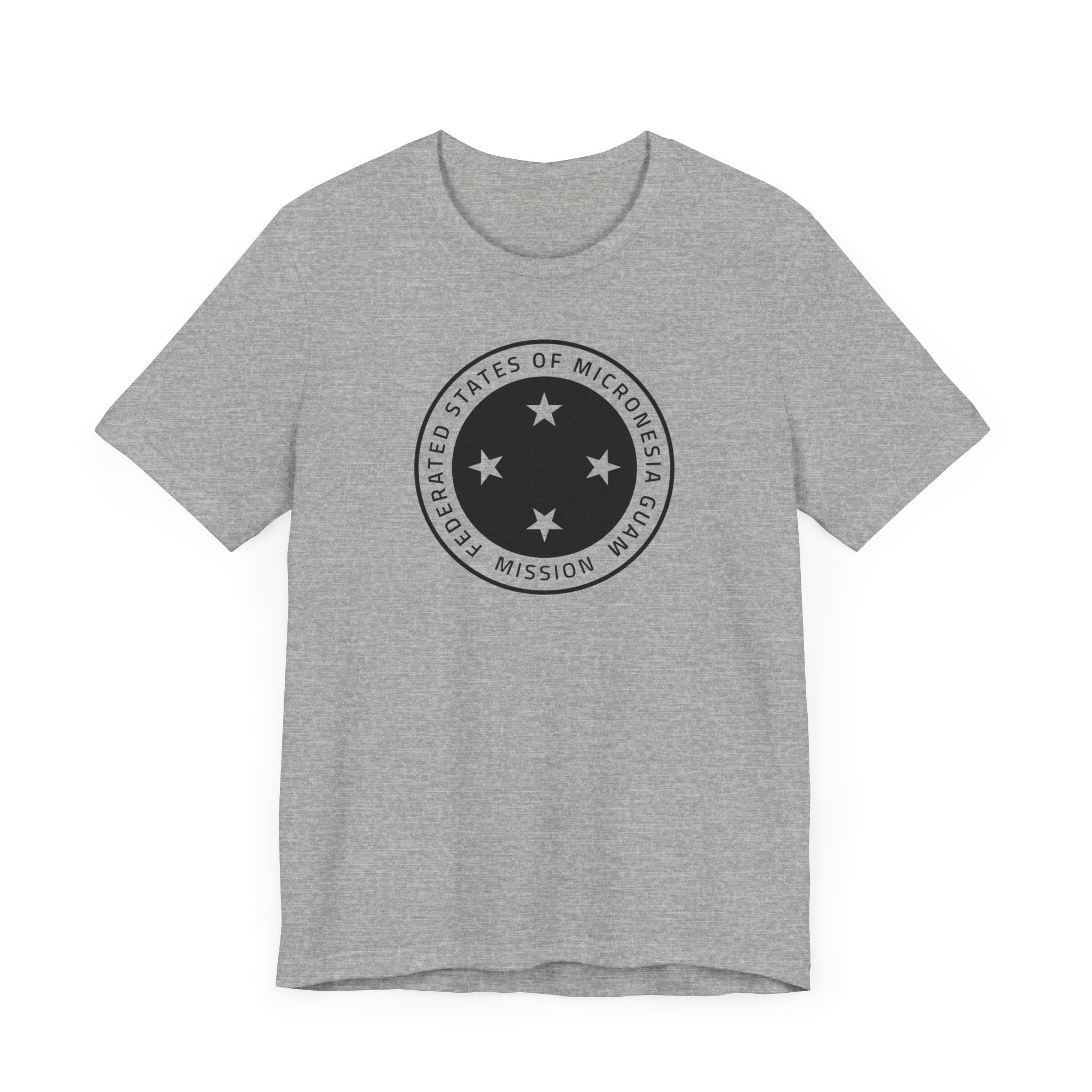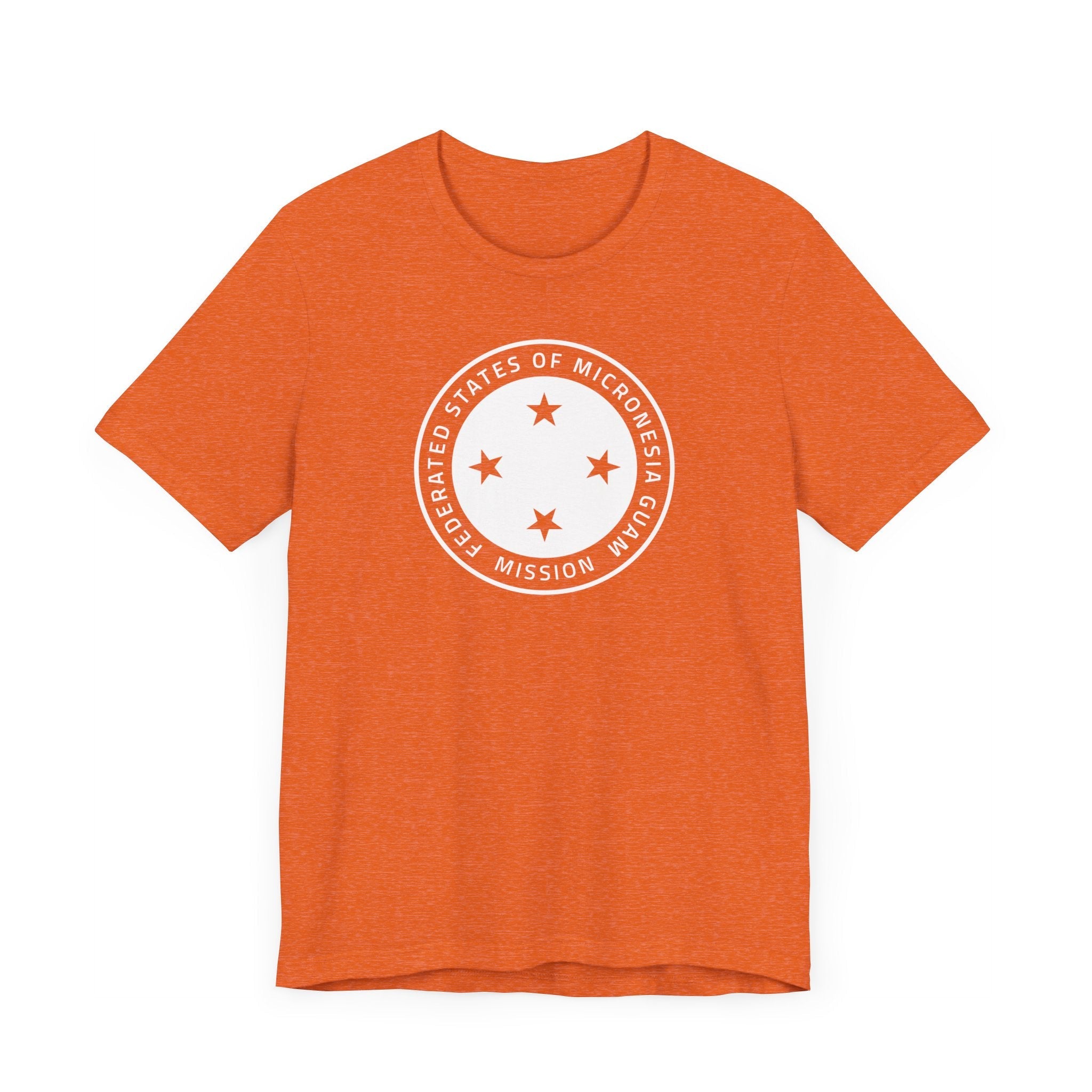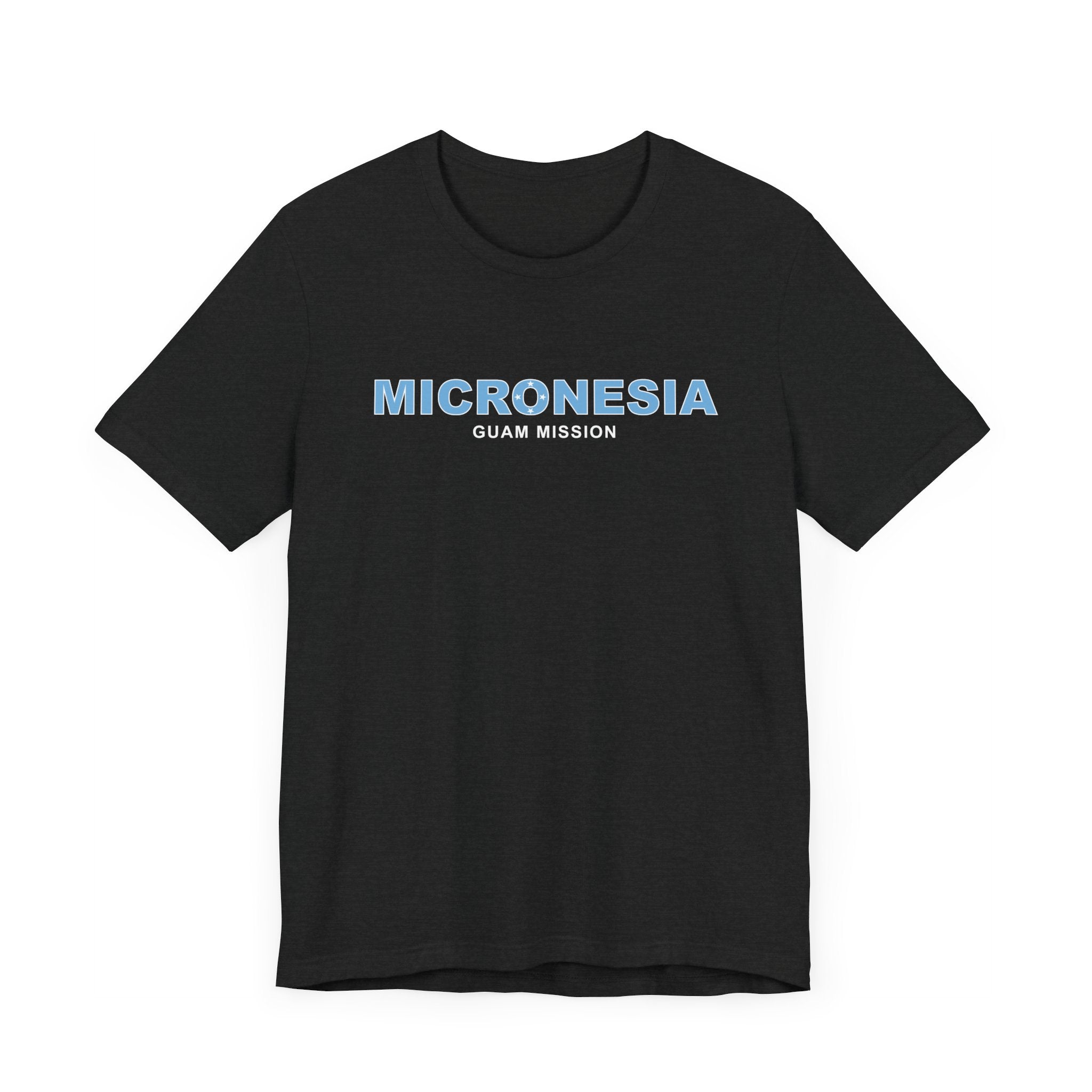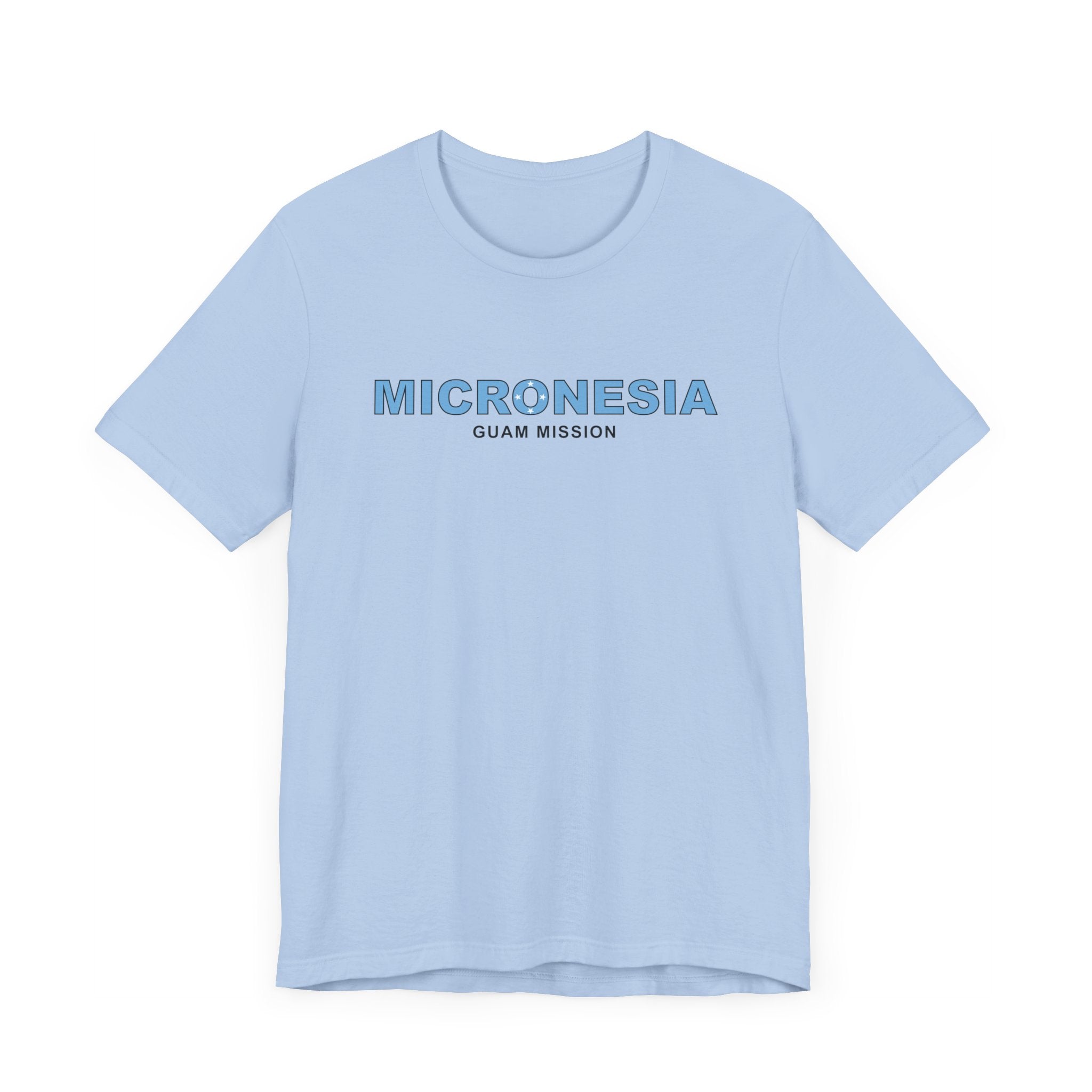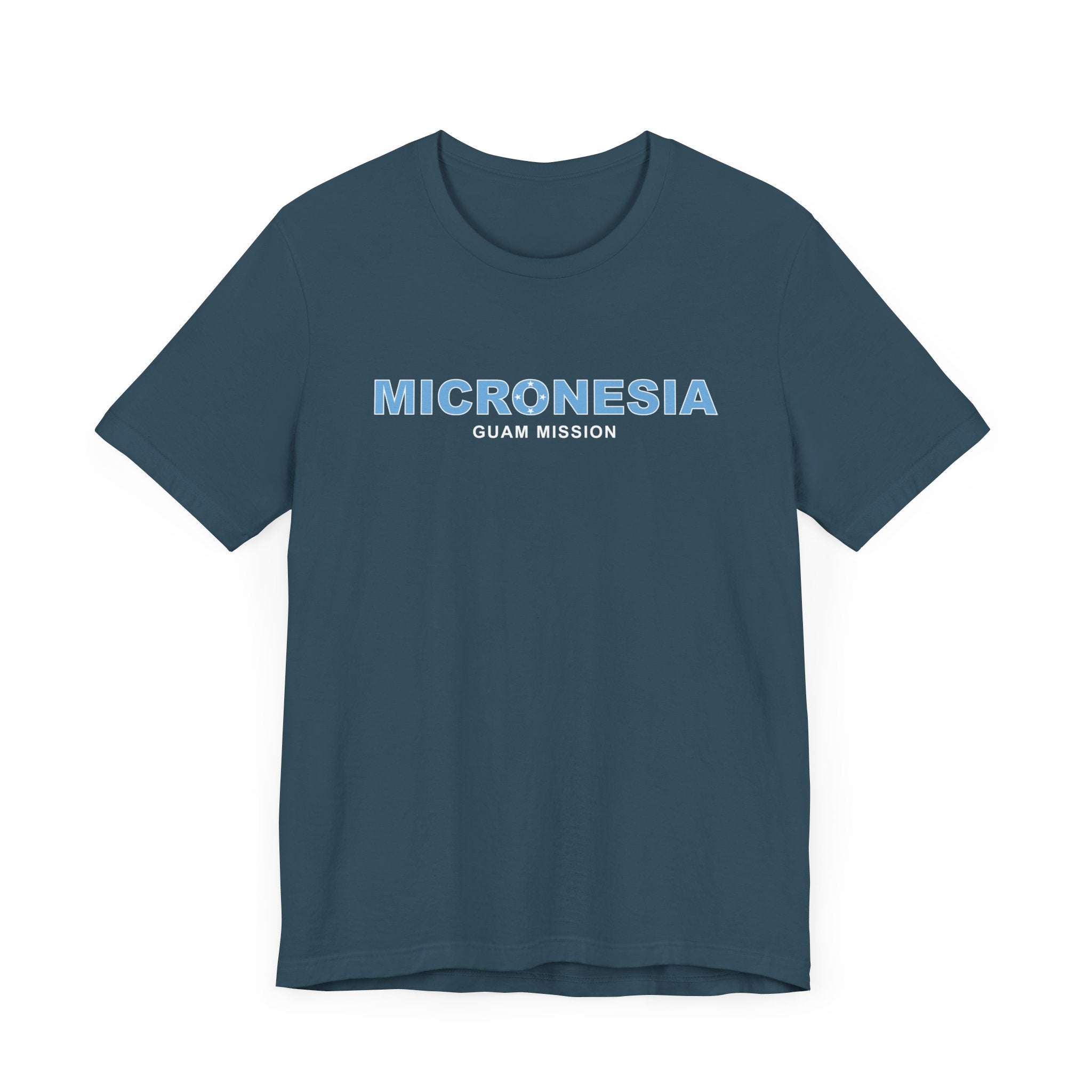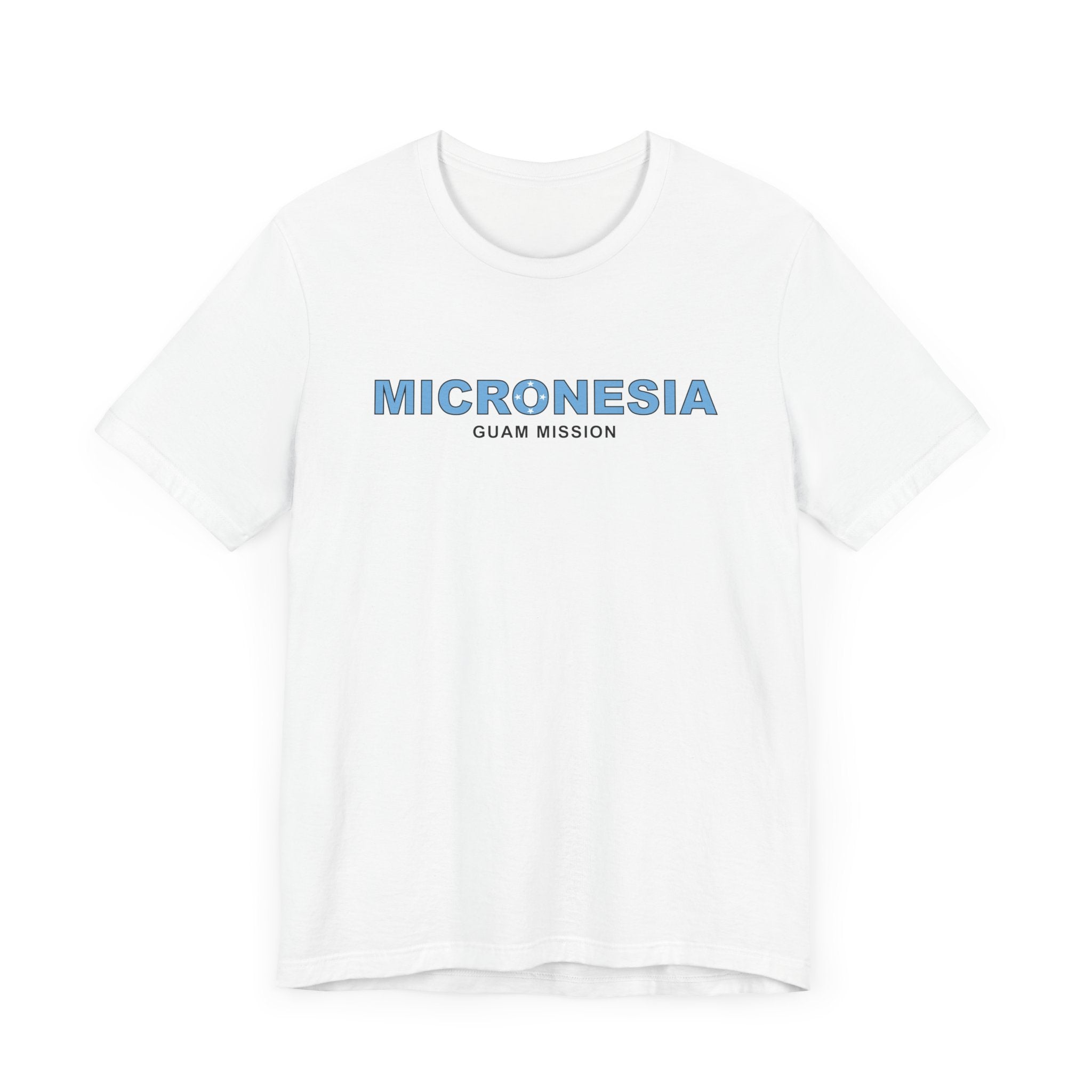Two missionaries, Elders Dan Baldwin and Torlik Tima, arrived in Chuuk (Truk) on 7 July 1977. They baptized T.M. Conrad Mailo and his wife, Nisor Cerly David, on 22 October 1977. The first Trukese missionary was Happiness Ichin, the second convert on the island. By 1980, membership reached 170, and on 31 May 1981, the Truk-Pohnpei District was created. A Church building was dedicated 24 April 1983. By 1990 the district had been divided and two more Church buildings had been dedicated.
A visit to Micronesia in June 1991 by Michaelene P. Grassli, general president of the Church's children's organization known as Primary, and Virginia H. Pearce, board member, included stops in Chuuk, Pohnpei, Kosrae, and Kwajalein.
KOSRAE
Work in Kosrae began in March 1985, but missionaries found little success. They worked hard to break down public opinion against the Church. The first Kosrean, Isidro Abraham, was baptized 25 April 1986. By October 1989 when a branch (a small congregation) conference was held at Lela, 72 people attended. Kosrae became a district on 14 March 1990.
The first seminary graduation took place on 1 August 1990. Ground had been broken for the Malem Church building on 21 December 1989, and the completed facility was dedicated 3 December 1992. The Lelu Church building was dedicated in January 1993.
POHNPEI
Pohnpei Island was opened to missionary work on 23 October 1976, when Elders George L. Mortensen and Aldric Porter arrived. The first baptism on the island, however, did not occur until 7 February 1981. Missionary work progressed steadily and the Pohnpei District was created 22 November 1985. In 1990, membership was 464. In late 1993, 18 young women in the Pohnpei District held their first camp on the island of Madolenihmn.
YAP
The Church came to Yap in 1977, when Charles Keliikipi (under contract to organize a police department on the island), was assigned to organize the Church here. The first missionaries, Elders David Ige and Douglas Andrews also came that year. The first convert was baptized in March 1978, and afterwards several families joined the Church. The first missionary couple was Elder and Sister Stewart, who arrived 2 August 1979. The first Church building was completed 13 January 1981. Membership on the island was then 150. The first seminary graduation on Yap was held 16 August 1990.
